Employing the Limit Comparison Test to Analyze Series Convergence
The Limit Comparison Test is a technique used to determine whether a series converges or diverges by comparing it to another series with known behavior. You examine the ratio of the terms of both series as the terms approach infinity. If the ratio approaches a positive, finite number, both series will behave the same in terms of convergence. This test is particularly helpful when it's difficult to directly analyze the series you're working with, but you can find a simpler, comparable series to help conclude.

The Limit Comparison Test is a method for determining the convergence or divergence of a series by comparing it to another series with known behavior. Given two series \(\sum a_n\) and \(\sum b_n\), the test involves finding the limit of the ratio of their terms as \(n\) approaches infinity: \(L = \lim_{n \to \infty} \frac{a_n}{b_n}\)
- If \(L\) is a positive, finite number, then both series will either converge or diverge together.
- If \(L = 0\) and \(\sum b_n\) converges, then \(\sum a_n\) also converges.
- If \(L = \infty\) and \(\sum b_n\) diverges, then \(\sum a_n\) also diverges.
The test is particularly useful when the terms of the series are complex or difficult to compare directly. It simplifies the process by relating the series to a known benchmark series, such as the p-series, for which convergence or divergence is already understood.
Here are two examples demonstrating the Limit Comparison Test:
1. Converging Series Example:
Series: \(\sum_{n=1}^{\infty} \frac{2^n}{n^3}\)
Comparison Series: \(\sum_{n=1}^{\infty} \frac{1}{n^3}\)
Apply the Limit Comparison Test:
- The terms of the given series \(\frac{2^n}{n^3}\) grow faster than \(\frac{1}{n^3}\), but the exponential factor makes the series grow rapidly.
- Calculate the limit of the ratio: \(\lim_{n \to \infty} \frac{\frac{2^n}{n^3}}{\frac{1}{n^3}} = \lim_{n \to \infty} 2^n \) This limit approaches infinity, meaning the series diverges because \( \sum \frac{1}{n^3} \) converges and we know the series grows more quickly than the comparison.
2. Diverging Series Example:
Series: \(\sum_{n=1}^{\infty} \frac{1}{n \sqrt{n}}\)
Comparison Series: \(\sum_{n=1}^{\infty} \frac{1}{n^{3/2}}\)
Apply the Limit Comparison Test:
- The given series has terms similar to \(\frac{1}{n^{3/2}}\) for large \(n\).
- Calculate the limit of the ratio: \(\lim_{n \to \infty} \frac{\frac{1}{n \sqrt{n}}}{\frac{1}{n^{3/2}}} = \lim_{n \to \infty} \frac{1}{1} = 1\)
- Since the limit is a positive finite number and \(\sum \frac{1}{n^{3/2}}\) converges (p-series with \(p = 3/2)\), the original series converges.
Related to This Article
More math articles
- Overview of the TASC Mathematics Test
- Top 5 PERT Math Study Guides
- How to Divide Exponents? (+FREE Worksheet!)
- Decimals Demystified: From Standard Form to Expanded Form with Fractions
- 10 Most Common 6th Grade FSA Math Questions
- Top 10 Tips to Retake GED Math Test
- 10 Most Common 5th Grade FSA Math Questions
- 8th Grade Common Core Math Worksheets: FREE & Printable
- Full-Length CLEP College Mathematics Practice Test-Answers and Explanations
- Why Interactive Challenges Improve Math Skills More Than Memorization







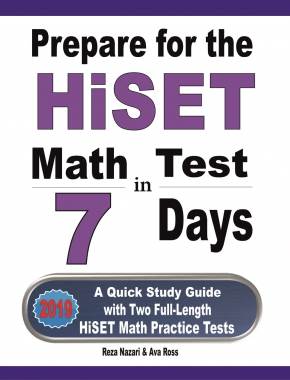
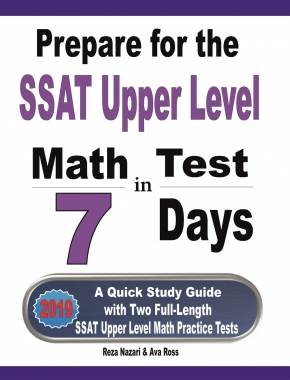

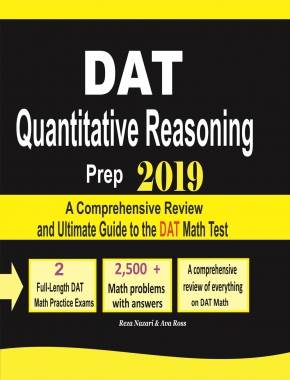
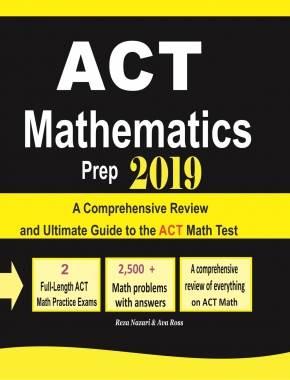
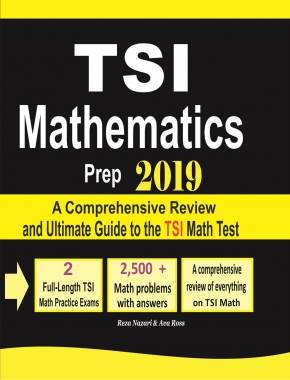

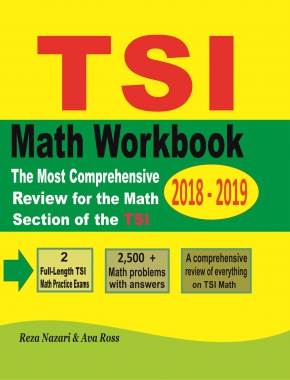











What people say about "Employing the Limit Comparison Test to Analyze Series Convergence - Effortless Math: We Help Students Learn to LOVE Mathematics"?
No one replied yet.